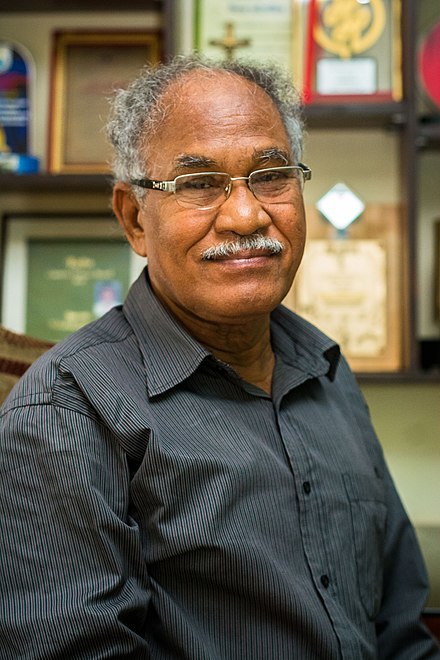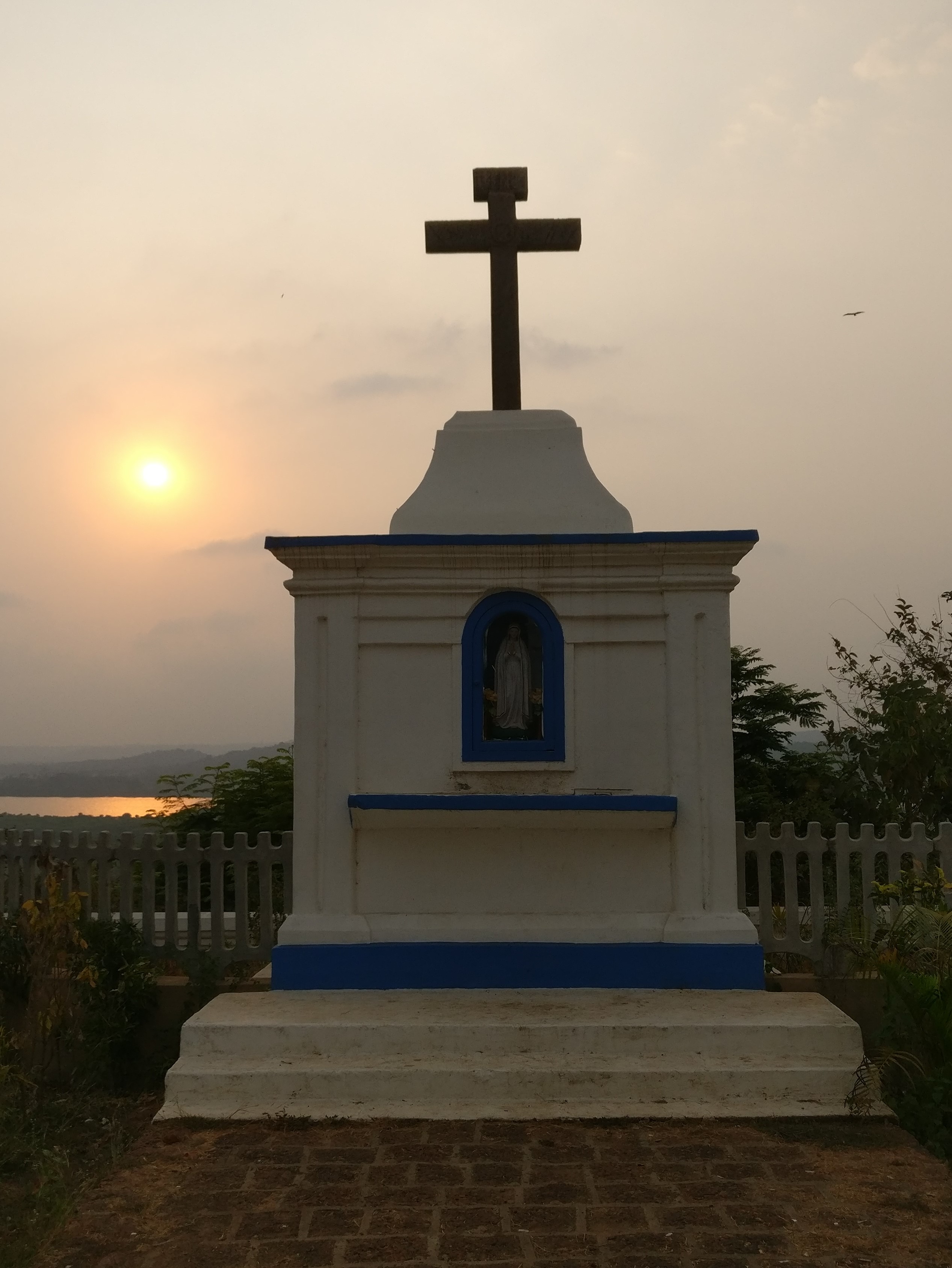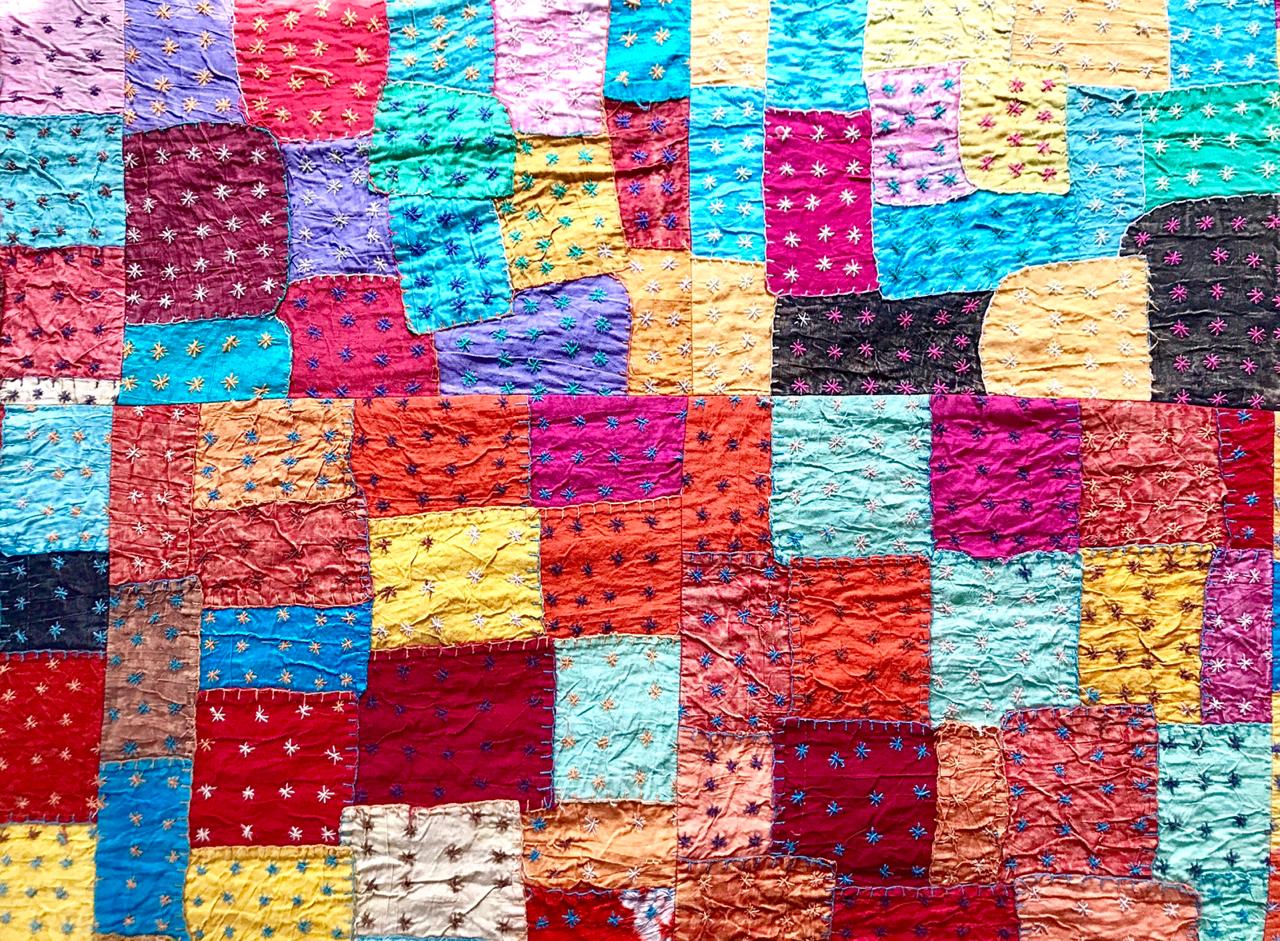“The ones who erected the cross and the ones who sought to destroy it were guided by high moral and principles. Each man believed that what he was doing was for his religion, for his God. Perhaps both sides were right. Or maybe, both were wrong. This mighty confusion had been created by that demon that goes by the name of religion. It draws people from God, and breeds injustice and cruelty as a result of that power. God, Himself, was the author of this confusion, perhaps.”
(107, Age of Frenzy)
These lines are the essence of the novel ‘Age of Frenzy’ or ‘Yug Sanvar’ (2007) in Konkani written by the Goan author Mahabaleshwar Sail. The author, in his narrative, reconstructs the details of Goa Inquisition (1560-1820), the people of those times, prevailing customs and practices, their fears and veneration to their respective Gods and the inherent faults of a Hindu caste system. Goa Inquisition is a period which is seldom discussed by Goans. Mahabaleshwar Sail is one of the few writers who has brought Portuguese Goa into his novel and reconstructed the age that has witnessed violence, cruelty and abject misery. Vidya Pai, who has translated the novel into English has done a commendable job is carrying the ethos of the saga across cultural and literary barriers.

A small state which has witnessed colonial rule for over 450 years, Goa has experienced a religious and cultural transmutation that has today given a unique flavour to its language and its people. While the advent of the Portuguese to Goa in 1510 was initially for the purpose of trade, the opportunity to establish their religion in the new land soon led to religious conversions of the natives. As the Portuguese gained their foothold in Goa, a proposal was made to establish Inquisition, to deal with the newly converted Hindus, Muslims, Bene Israelis and New Christians who didn’t identify themselves with the new religion. The voracious religious zeal of the crusaders triggered a reign of terror that saw seizure of lands, confinement of the heathens in prisons, torture and death at the stake. Goa Inquisition has left an indelible mark on the religious, cultural, social and linguistic fabric of the Goans and its effect is visible even today. Historians like A. K. Priolkar, Felipe Nery Xavier etc. have documented the events after years of study. Their research has created a framework for Goan writers like Mahabaleshwar Sail to recreate and reminisce the times that are today distant and almost obsolete.
The author takes a stern stance identifying the inadequacies and inconsistencies of both the faiths. He blames the Hindu caste system for encouraging the colonists to look down up on the local faiths as being superstitious and blind. Age of Frenzy is a story steeped in controversial history and the author had done immense research on the subject to do justice to the gargantuan task that he had ahead of him.

The novel opens in 1510 in a fictitious village Adolshi when the Portuguese first put their foot in Goa. The reader is taken through the Goan landscape, the people and their traditions, religious customs and the caste hierarchy that is strictly followed in those times. As the novel opens, we see a young man, eighteen to twenty years of age, enter the village, tired and hungry and searching for his aunt. He identifies himself as Ganaba, Lakhu Naik’s son from Divade village. He breaks down and sobs in front of the villagers and tells them that he is driven out of his village for helping the white soldiers with directions to wherever they wanted to go and accepting bread and soaked fruit they have offered him in return. He wails that his own parents have expelled him from home and the village, blaming him that since he has eaten meat and bread that the ‘white devils’ have offered him, he has become impure and now belonged to the other faith. They threw stones at him and drove him out of the village. He has been to several villages but no one has taken him. But unfortunately the people of Adolshi prove to be just the same and they too drive him out of their village. With no home to go to, Ganaba commits suicide by drowning in the village tank. The incident perturbs the villagers, not for ill-treating a young man into committing suicide but for letting him ‘pollute’ the water by drowning himself. They worry that during the next temple festival, the Lord cannot be given a sacred bath in the village tank. The novel brings out several incidents like these where the callousness and insensitivity of the natives is highlighted especially at a time when the land is occupied by a foreigner and there was an imminent threat to their lives. A Hindu caste hierarchy which already had divisions, further divided because of the blind customs and superstitions related to food habits and occupation. No one is exempted from this discrimination and families and friends were heartlessly and callously expelled from the community. This fact didn’t go unnoticed by the oppressor and they exploited it to their advantage.
“You are the ones who drive people to our faith. If someone eats something we offer, you disown him. He is cast out of his home, he can no longer practise your religion so he comes to us.” (12, Age of Frenzy)
Thus Sukhdo Nayak became Salvodor Dias, Molu Nayak was renamed Manuel Dias and his wife Gopika now was called Isabel, Ramkushta Nayak was now Pedro Dias and his wife Parvati was named Fatima(89). If there were orphans in the community, they were converted immediately and given new names too. The new converts were given four cruzados, lands and protection under the Portuguese empire. During the conversions in the colonial Goa, the newly converted upper caste Hindus retained their Bammon and Chaddors status, introducing caste system into Christianity.

As the novel progresses, the conflict of cultures, customs and religions increase with the natives resisting the oppressors. Soon, inquisition was established and several converts and non-converts were either imprisoned, or burnt at stake. Gripped with fear, anger, helplessness, and borne with an unpredictable future, the natives were forced to either succumb to the colonist or uproot themselves to escape to a new land carrying their few belongings and their village idols.
The fertility and abundance of natural resources in the Konkan coast, has, since the ancient times, established a harmonious man – nature relationship. The communidade (in Portuguese) or gaonkari system of village administration which makes each village an independent unit with its own area of land, makes a Goan feel an inseparable relationship with his village and the village deity. Even today, a Goan anywhere in the world has a deep sense of belongingness to his own village. Hence, when the conversions and later Inquisition was established, the lives of the natives were thrown off balance and their loyalty to their land and Gods was shaken.
The novel has multiple number of characters and each of the stories entwining these characters are, in the larger picture, individual stories. The author, himself born in agrarian family, describes the folk lore, agricultural practices and the psyche of the people whose lives depended on land that they inherited from their ancestors. Of the multitude of characters that he created, the best portraiture probably was that of Padre Simao Peres, a priest who arrived in Goa on the orders of the Pope. He was disliked by the Viceroy and the clerics who were appointed by the King of Portugal, who were impatient and hasty in carrying on their religious orders and convert as many people as possible. His character is a foil to the cruel promoters of Inquisition whose barbaric acts towards the natives pains Padre Simao Peres. Though he was sent to Goa for religious conversions, his approach was that of piety and he believed in converting the natives through love. He is an epitome of empathy and kindness and is symbolic of Jesus Christ. He carries the true Christian spirit and tries to spread the words of Jesus Christ and thus gains the confidence of the villagers rather than brutally forcing them to adopt the foreign faith. Unfortunately, as Peres embarks on a religious mission, the viceroy gets him arrested for going against inquisition and imposes a rigorous imprisonment. Just as Jesus was crucified, Simao Peres was finally burned at stake.
Sail takes a firm stance as he narrates the harrowing tale of Inquisition. In several interviews and discussions, he was very emphatic in his opinions about God and religion.
“I believe that there are two sides to any conflict, and no one side can be totally right. I believe in God but not in any organised religion; by confining God within the framework of organised religion we breed intolerance of other faiths. So, my God, who is present in the whole universe, does not need temples or rituals or priests.”
The tenets of every religion advocate love, empathy, honesty, humility and trust. But inquisition is a glaring example of what greed and fanaticism can do to humanity. Sail’s narrative subtly seems to draw our attention to the contemporary religious politics of the world. Today we have crossed several scientific and intellectual boundaries but it is a sad irony that we have not been able to overcome our mindless adulation for our religion. As Karl Marx quotes,
“Religion is the sigh of the oppressed creature, the heart of a heartless world, and the soul of soulless conditions. It is the opium of the people.”

I read your review of the book. It was as if I read the novel. The following para should be an enlightening guide to blindfaiths and rigid customs.
“You are the ones who drive people to our faith. If someone eats something we offer, you disown him. He is cast out of his home, he can no longer practise your religion so he comes to us.
🙏🙏🙏